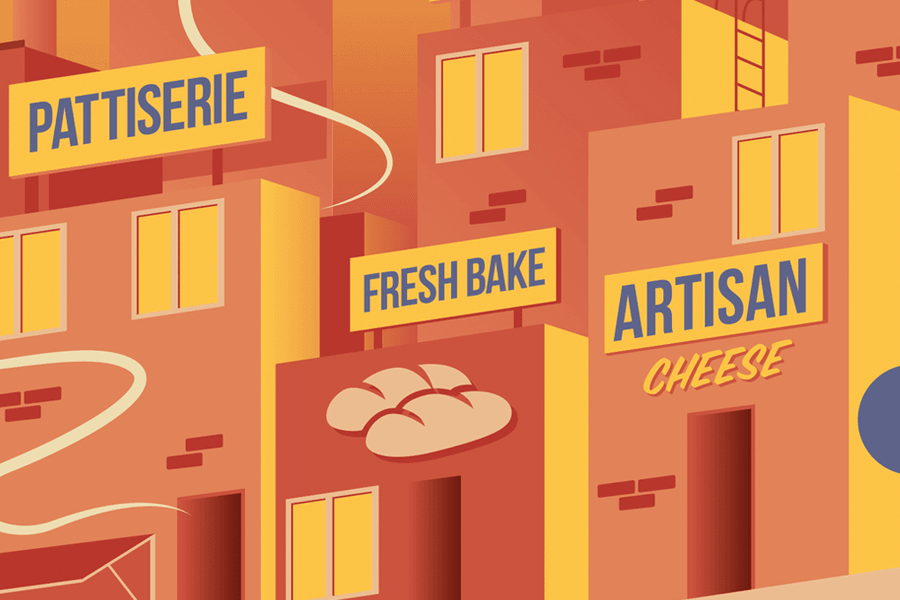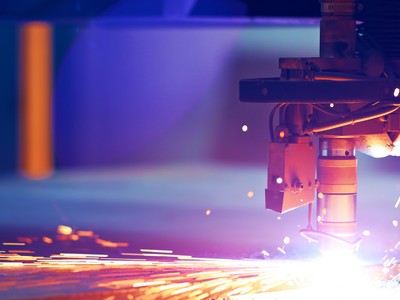At the same time, unemployment in the US fell from an estimated 6% in 1910 to 4% in 2018. Workers have re-trained, re-skilled and improvements in productivity, alongside growth in GDP, over that time would suggest that the population today are better for it.
Creative destruction, defined as the reallocation of any of the factors of production – in this example, labour – to more productive prospects, was allowed to take its course.
In March 2018 PwC produced a report which suggested that 30% of British jobs could be under threat today from improved productivity driven by artificial intelligence (AI) and automation across a number of industries¹. This looks remarkably like America in 1910 so the question that stands out is, if this is to be believed, how will the British workforce look in 2118?
In layman’s terms AI works by using complex algorithms to understand, interpret, store and ultimately repeat data and processes that any given machine has been exposed to.
In 2017 Google’s DeepMind AI venture managed to use this process to beat the world’s leading chess software with just four hours of learning. In this example, the machine took those four hours to play any number of games and each time it lost, it would store and learn from its mistakes. This task was repeated over that time until the machine had ‘learnt’ virtually every way that a game could be lost.
Now imagine a DeepMind style administrator that was able to complete the role of a normal worker by understanding the task, learning from its mistakes and repeating any given process. From this we can see that, even in its current state, AI threatens any jobs that are repetitive and non-creative in nature.
AI threatens any jobs that are repetitive and non-creative in nature.
This leads me to think that the workforce of the future will be both non-repetitive and creative if we allow it to be so. I believe that this process is already in motion; would I have bought an artisanal rye sourdough loaf for £6 or paid top-dollar for a coffee served where the milk is poured such that it reveals the shape of a swan ten years ago? Probably not – I didn’t have the discretionary income that has since been driven by technological advancements driving down prices in things like estate agent fees (think Purplebricks), overseas currency payment options (think Revolut) or utility bills (think Moneysupermarket).
Bakers and baristas might be the first examples of an artisanal revolution but they aren’t the only ones. In the last year I have had one friend leave his job as a marketing executive to set up a craft brewery, another leave her job as an executive assistant to train as a patisserie chef and a third leave a job in insurance to become a yoga instructor, you only have to look at the cost of yoga sessions in South West London and you might consider retraining yourself!
Whilst these examples show how creative destruction is working at the micro level, economic theory can explain the moving parts in terms of the macro economy.
As AI and automation offers a more productive alternative to traditional workers, we can expect corporations to choose the most efficient method to drive margins higher; improved margins should attract competition and drive down prices.
Increased competition and lower prices for existing goods and services would mean greater discretionary spend available to consumers whose employment is unaffected by automation. This in turn would drive increased spending and higher prices within non-discretionary, mostly creative, goods and services. Higher prices, increased margins and ultimately greater salaries for yoga instructors, patisserie chefs and craft brewers would then act as a signal for more workers to retrain and reskill into similar creative, non-repetitive industries.
Whilst economics doesn’t always work in practice, which is why the field of behavioural economics was created, the blue-print is clearly there for how the labour force could look in 100 years’ time.
But that path may not necessarily be a smooth one. If we look again at 1910 America, productivity has improved remarkably, GDP has grown significantly and unemployment stands lower today than it did then – but this ignores, amongst other things, the 1930’s Great Depression, which may have in part been caused by this creative destruction, where unemployment rose to nearly 25%.
As AI and automation offers a more productive alternative to traditional workers, we can expect corporations to choose the most efficient method to drive margins higher.
And that leads me to my second question – will we allow this creative destruction to take place this time around?
This is a question much harder to answer and I think it is likely to be addressed in the coming years by the ‘median voter’, given the ability of political interference to slow the rate of change through things like taxes on AI machines to moderate adoption by corporates, or universal benefit payments which would discourage reskilling of workers.
On the one hand, short term unemployment amongst those unproductive industries would force workers to retrain and allow Adam Smith’s ‘invisible hand’ to reallocate resources efficiently; short term pain for long term gain as such.
However, on the other hand the result of AI and automation may well turn out to be a rapid and seismic shift in the skill requirements of the labour force. If this is the case, it is clearly an issue which must be managed carefully so as to allow individuals, on a micro level, the time, ability and financial freedom to choose to retrain should they wish without driving increasing wealth and income inequality in what already seems to me at times to be a precarious social infrastructure.
AI and automation offer undoubtable progress in many fields and industries. Whilst they present a number of challenges, I believe they also present opportunities in as many forms and the question now is how society should manage these in tandem for the benefit of both our own and future generations.




